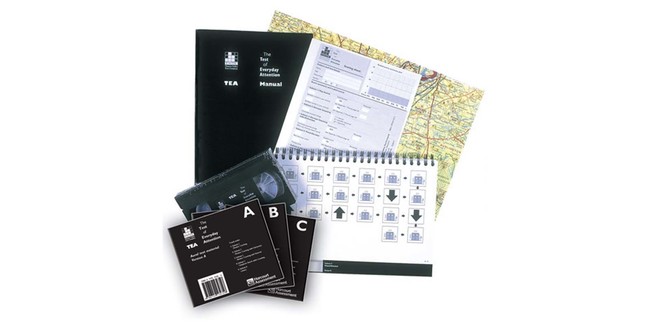Test of Everyday Attention (TEA) measures three aspects of attention — selective attention, sustained attention, and attentional switching — using everyday materials
Test of Everyday Attention
TEA
Test of Everyday Attention (TEA) measures three aspects of attention — selective attention, sustained attention, and attentional switching — using everyday materialsChoose from our formats
Kits
Starter & complete kits, print & digital
1 option
Test forms & reports
Booklets, record forms, answer sheets, report usages & subscriptions
1 option
Support materials
Manuals, stimulus books, replacement items & other materials
1 option
All products
All tests and materials offered for TEA
3 options